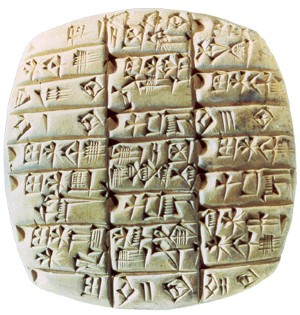
Sex workers are fairly disposable in Hollywood. Few deaths in movies are handled with the contempt that some filmmakers show the murders of those in the trade.
It’s one reason that the true-crime drama Lost Girls feels so bracing: It humanizes women often represented as disposable, more props than people. When a mother in the movie laments that her missing daughter, a sex worker, has been forgotten along with other women, her words feel like an accusation. When “our girls” are remembered, she says, it’s never as “friend, sister, mother, daughter.”
That condemnation runs like a pulsating current through Lost Girls, which centers on Mari Gilbert, a flinty heartbreaker played by Amy Ryan. A sober chronicle of victimization and empowerment, the movie tracks Mari’s search for her daughter Shannan, who vanished after meeting a client. The world sees a missing prostitute as an inevitability rather than a tragedy or outrage; Mari sees a beloved child and, in time, a cause that’s as political as it is personal. It’s a good, righteous fit for the director Liz Garbus, a documentarian drawn to stories about social justice, here making her fiction-feature debut. (Her docs include What Happened, Miss Simone?)
The real story is grim and shrouded in mystery. Early on May 1, 2010, Shannan Gilbert, a 24-year-old sex worker who advertised on Craigslist, called 911 screaming, “They’re trying to kill me.” She then disappeared.
Late that same year, a police dog sniffed out the corpse of a different woman in the same Long Island area where Shannan was last seen. Other bodies and body parts were recovered; one victim traced back to the mid-1990s. When most of the victims were identified as prostitutes, a detective said it was a “consolation” that the killer didn’t seem to be “selecting citizens at large.”
It’s easy to imagine Garbus reading that comment and becoming incensed. (The line appears in Robert Kolker’s Lost Girls: An Unsolved American Mystery, the sympathetic book on which the movie is based.) There are different ways to describe Garbus’s telling of this mystery: it’s serious, respectful, gravely melancholic.
Yet anger best describes the movie’s atmosphere, its overall mood and its authorial tone. In some scenes, anger seems to hover over characters, as threatening as the movie’s permanently dark skies; at other times, it erupts, flushing faces and distorting voices.
In time, Mari’s personal ordeal opens into a haunting examination of gender and power, men and women. On one side of this divide the movie offers dead, grieving, angry, activist women; on the other it presents men who, with few exceptions, uphold the noxious status quo whether as suspects or members of the largely male police force that includes a weary commissioner (Gabriel Byrne).
The Lost Girls ebbs and flows; every so often, it spills over until you feel it seeping into you.
The girls would have wanted it that way.







:max_bytes(150000):strip_icc()/eratosthenes_photo-5c8d7bcc46e0fb00016ee0b8.jpg)


